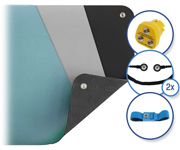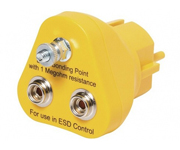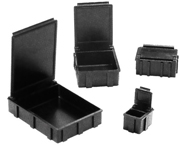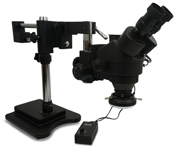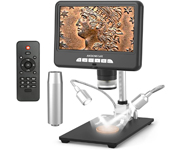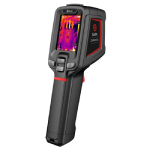Products
STB Signal test board
The main function of the signal STB 3 breadboard of Siglent is for teaching and demonstrating the use of an oscilloscope. The STB board output includes wave, sine, random code, pulse, burst and AM signals. Simple settings allow the user to adjust the level of SDS1000 Series oscilloscope system to learn the vertical adjustment system, trigger system. This helps userd quickly master the use of a digital oscilloscope.
Siglent SDS1104X-E oscilloscope
The Siglent SDS1104X-U is a 4-channel oscilloscope equipped with a bandwidth of 100 MHz. This is a budget 4-channel oscilloscope with an excellent price/quality ratio. For example, the SDS1104X-U has a memory of 14 Mpts and a 100,000 wfm/s waveform capture rate, allowing signals to be analysed quickly and accurately.
This oscilloscope is very easy to use thanks to the clearly readable 7" LCD screen and 10 hotkeys to the most frequently used menus. In addition, the SDS1104X-U uses Siglent's Super Phosphor technology, which supports 256-level intensity grading and provides the scope with a minimum resolution of 1 mV per division. The scope comes with decoding options such as I2C, SPI, UART, CAN and LIN by default and it is possible to transfer measurement results via USB to a PC.









